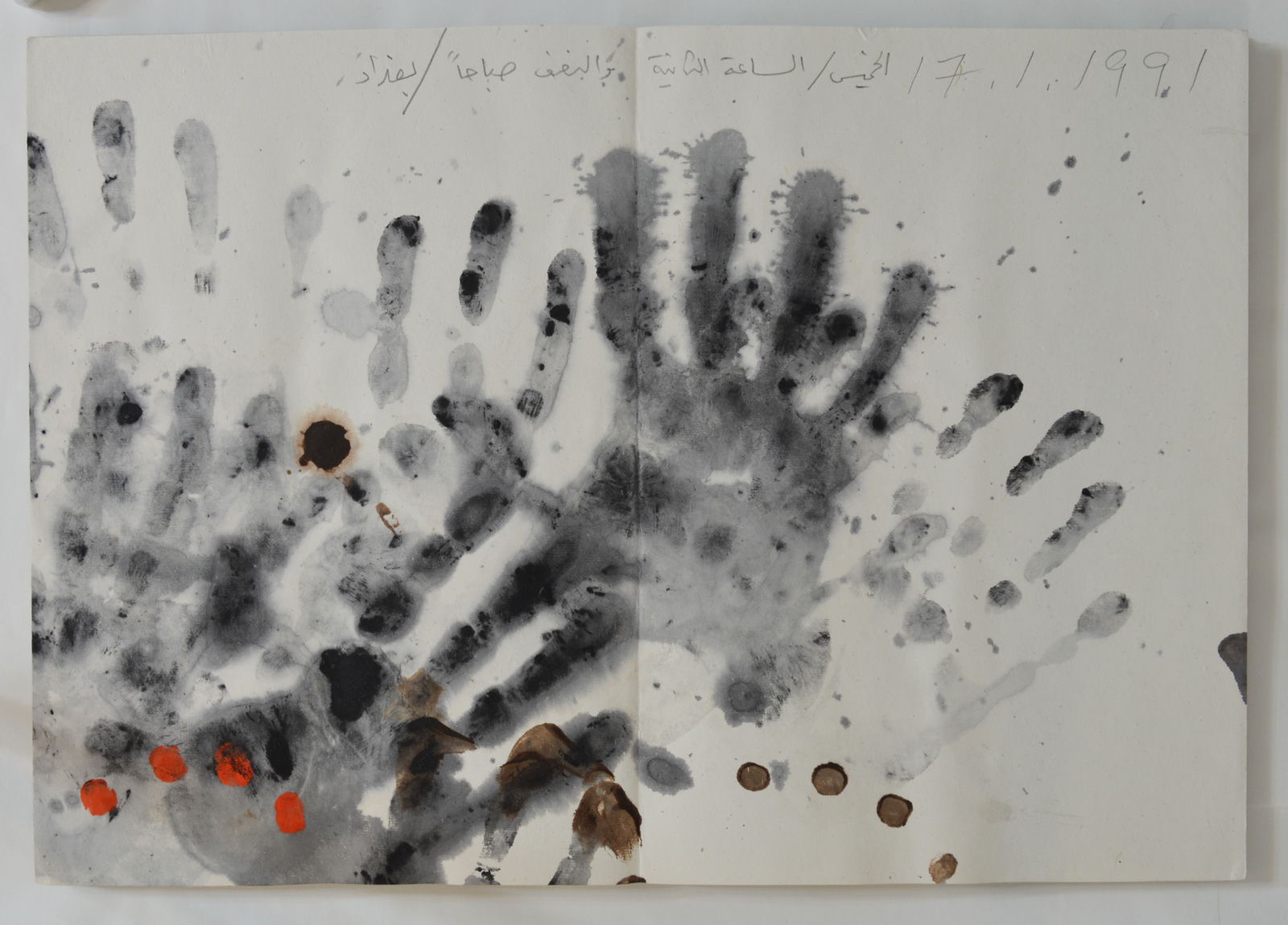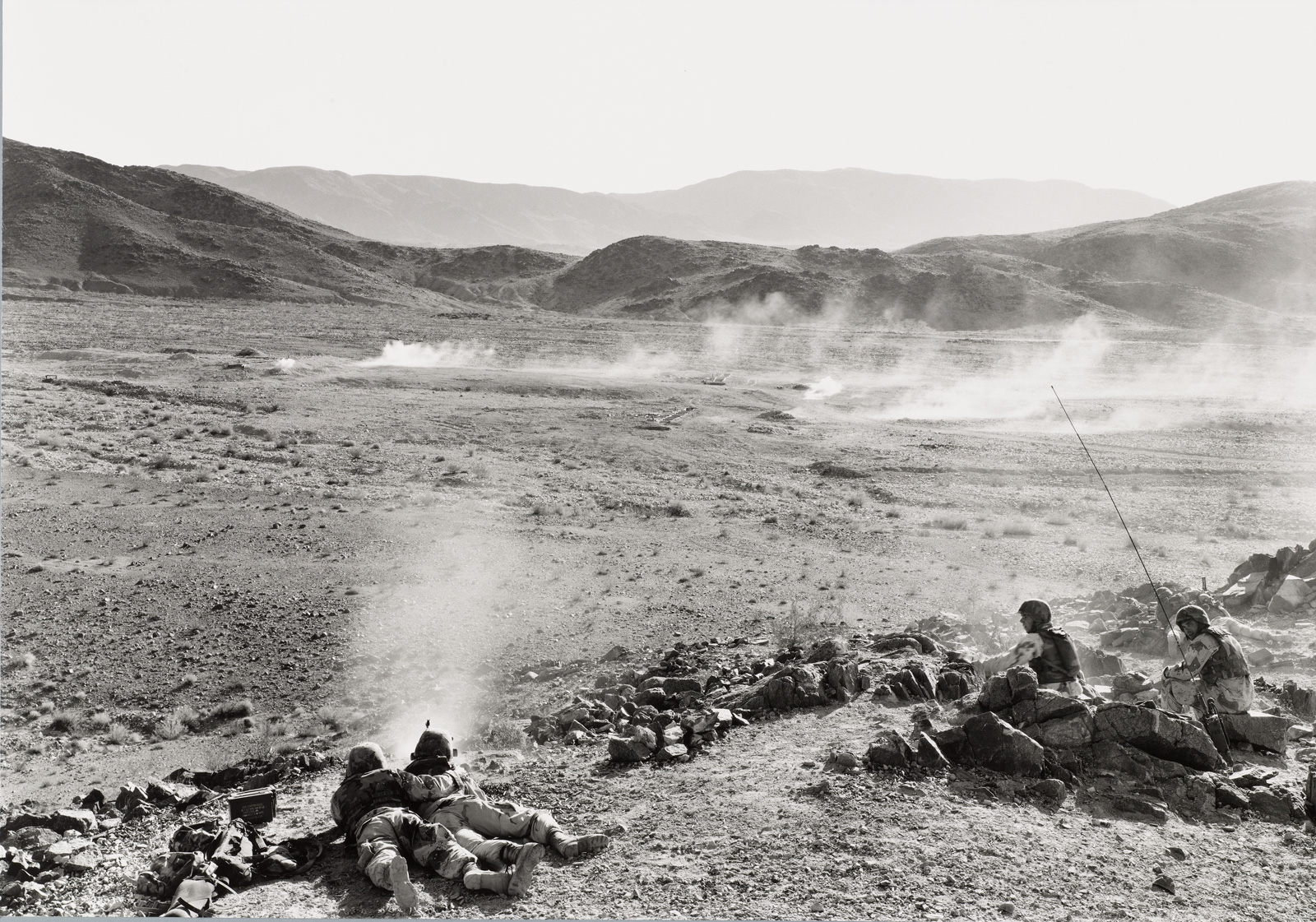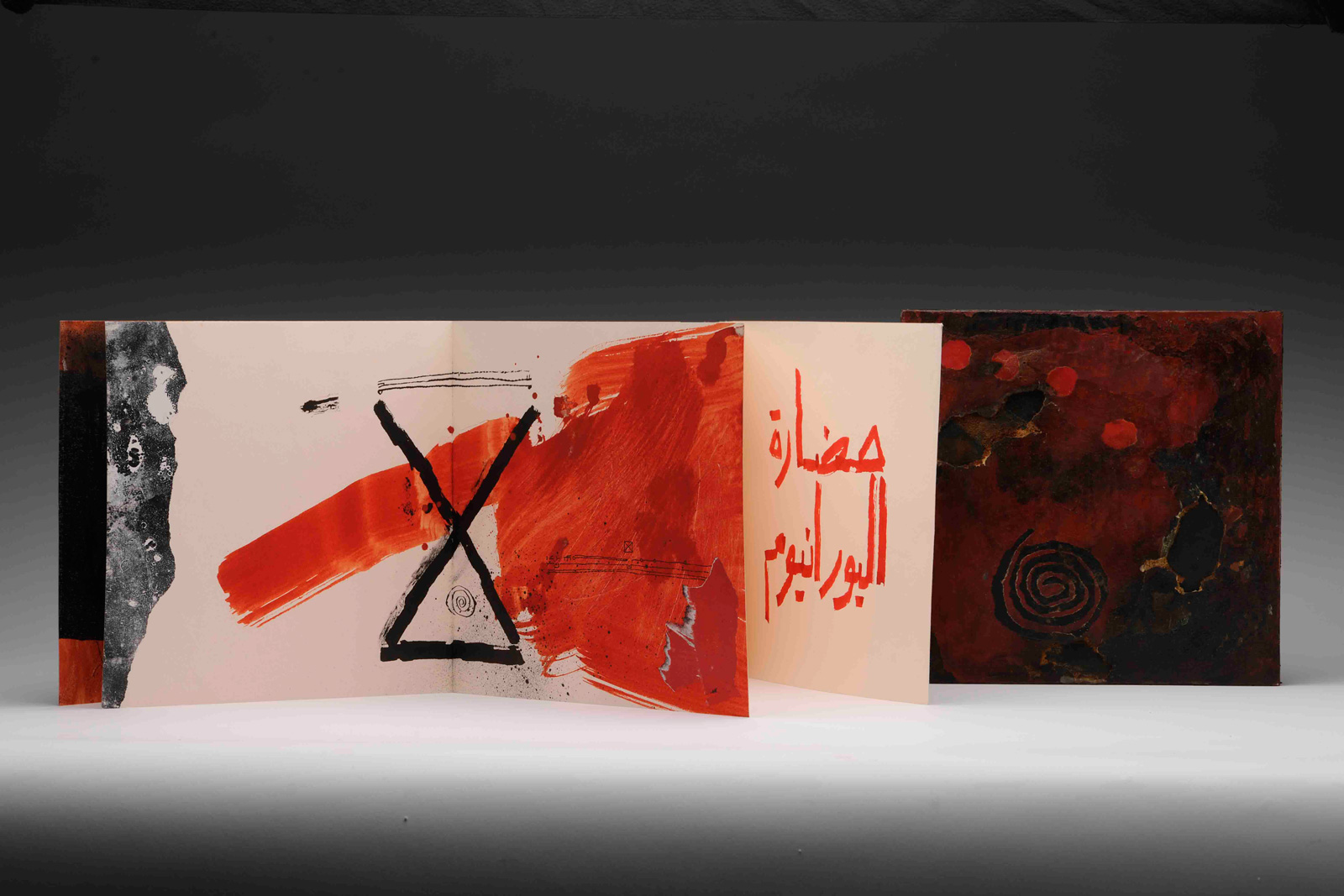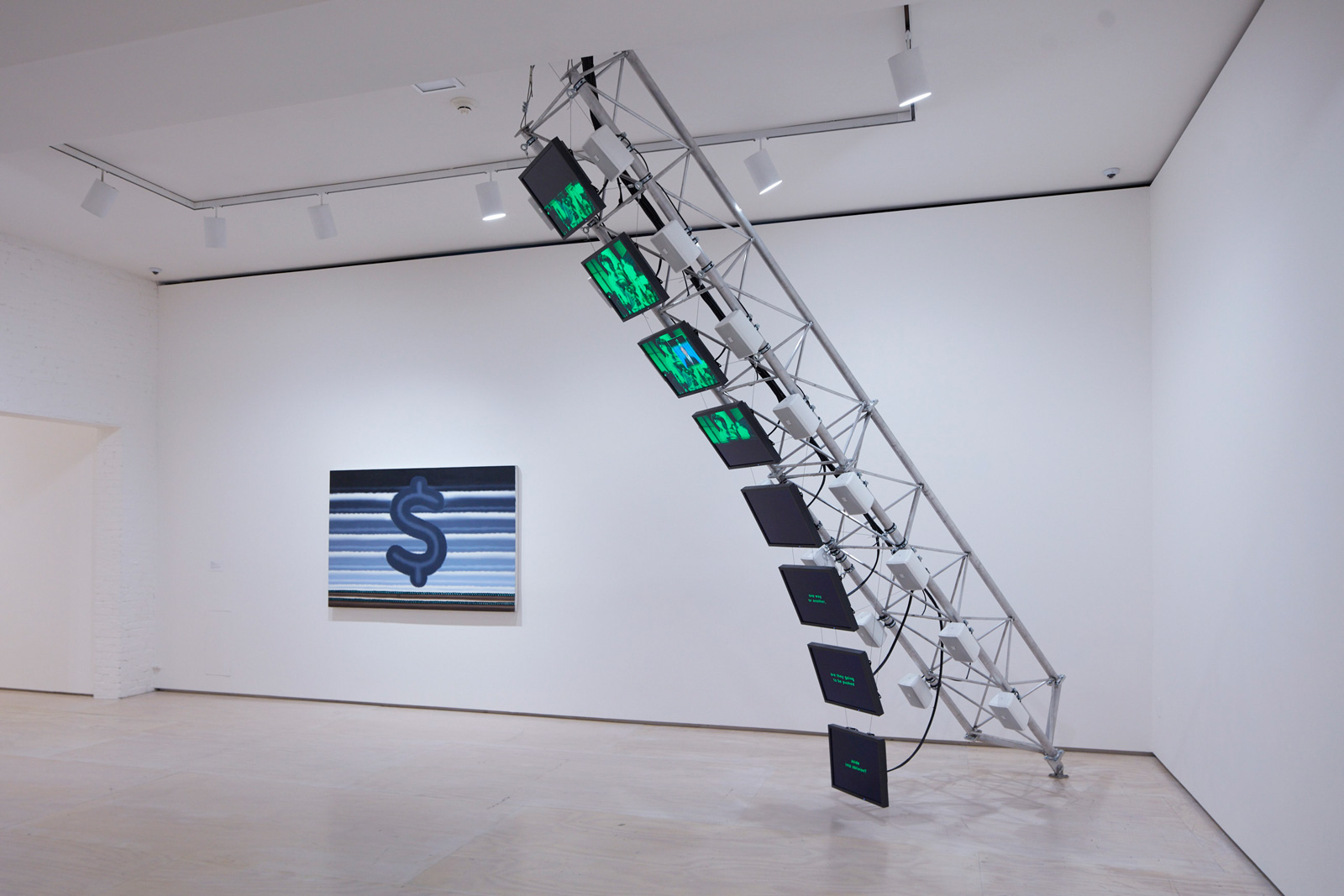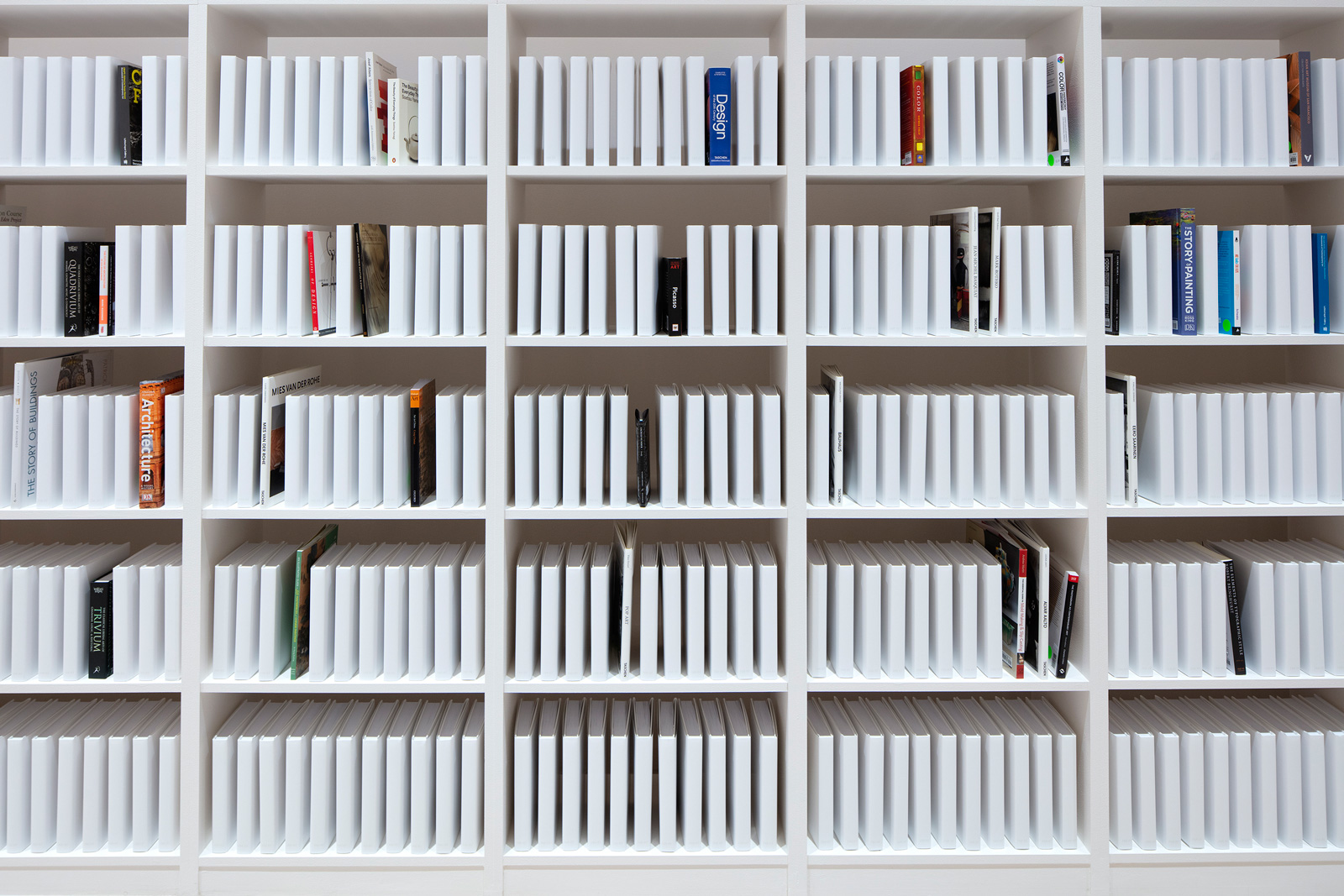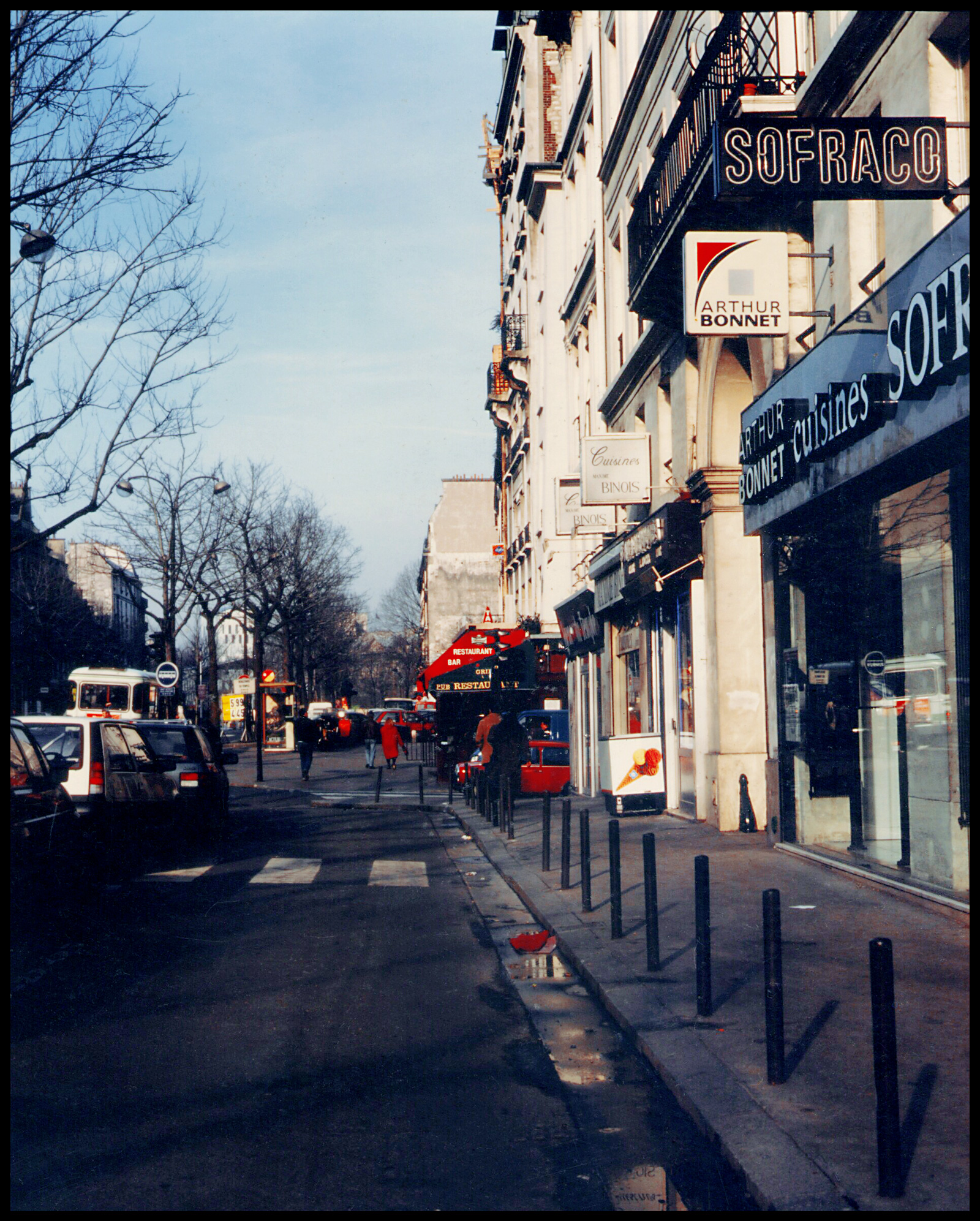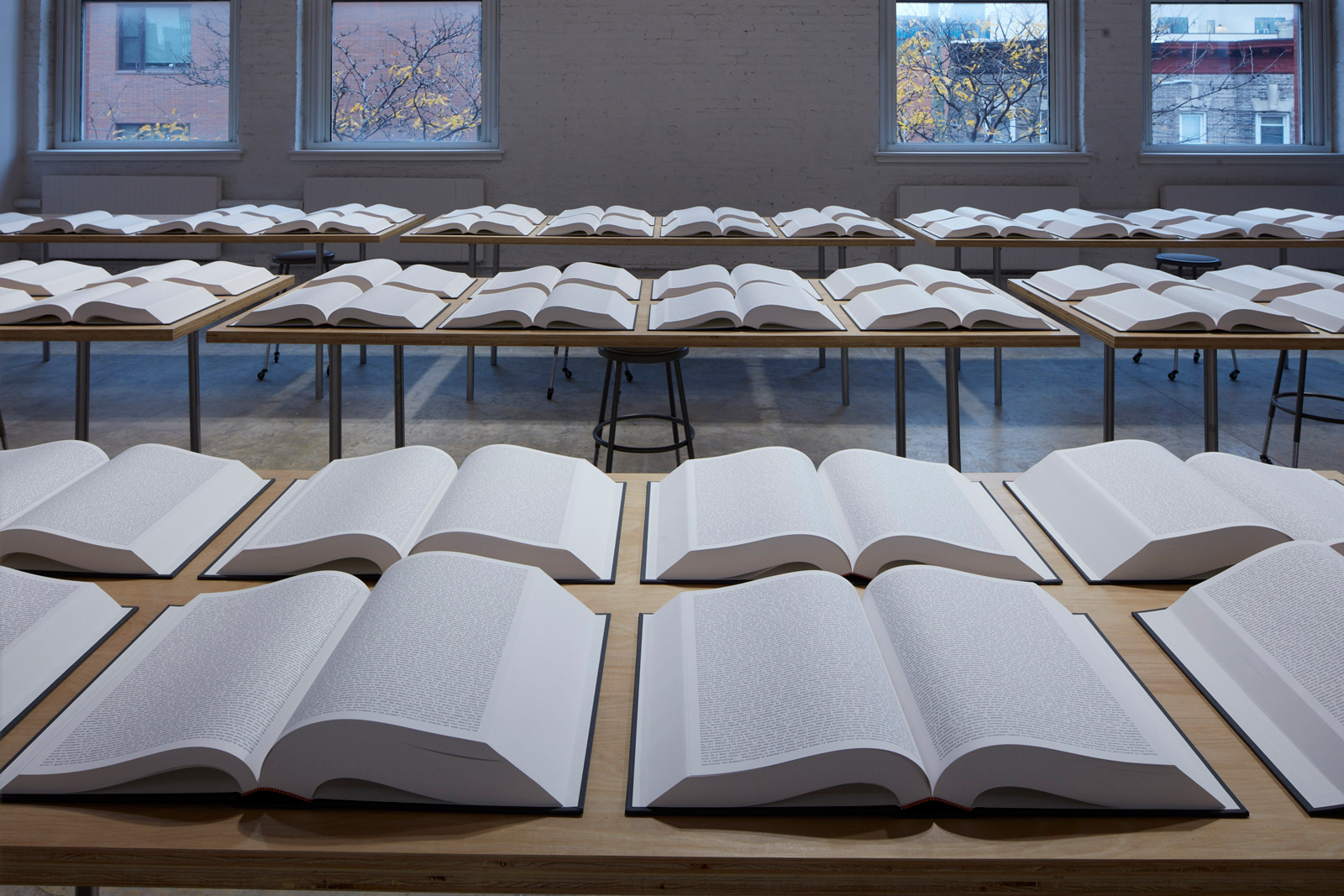Back in March 2007, a car bomb destroyed the booksellers’ market on Baghdad’s Al-Mutanabbi Street. No one claimed responsibility for the attack, which killed thirty people and wounded one hundred more. The market’s dense inventory of books, packed in shop shelves and arrayed on sidewalk tables and blankets—volumes of fiction and poetry, history and sociology, travel and religion—acted as fuel for the fire that accompanied the explosion. Al-Mutanabbi Street had long been a center of intellectual life in the city—a cherished haven for political, as well as literary, exchange—and the bombing exemplified one tragic consequence of the US-led conquest and occupation of the country: the erasure of Iraqi history and culture.
The echoes of that conquest, and that erasure, were amplified by events last month. After the US assassinated a top Iranian general on the road from Baghdad’s airport, President Trump warned of possible attacks on cultural sites within Iran. This threat, delivered via tweet, recalled the chaotic aftermath of the 2003 invasion of the region by coalition forces, when the National Museum of Iraq and countless archaeological sites around the country were plundered by Iraqi citizens and foreign soldiers and contractors; thousands of artifacts ended up in private collections abroad. And in the cataclysmic years of war that followed, many of Iraq’s contemporary artists also left their homeland. They were compelled into exile both by profound insecurity and by the disappearance of the spaces and means for making art.
But that acute loss, as the scholar Zainab Bahrani notes in the catalog to “Theater of Operations: The Gulf Wars 1991–2011,” on view at MoMA PS1, had deeper origins. The UN-managed economic embargo that starved the country of crucial resources from 1990 to 2003 led not only to humanitarian disasters like rising infant mortality, but also to scarcities of basic art materials and instruments. Because of the embargo, artists began making their own paper. This urgent creative endeavor contributed to the emergence, during the blockade period, of dafatir—art books that chronicled the continuity of violence while testifying to the possibility of cultural survival or renewal.
Dafatir (singular daftar) function as an essential through-line in “Theater of Operations,” an exhibition curated by Peter Eleey and Ruba Katrib, which comprises more than three hundred works by eighty-two artists from Iraq and its diaspora, as well as from the West.
The pieces on view range across media and scale—from Nuha al-Radi’s diminutive, figural sculptures, fashioned during the embargo period from salvaged wood and metal, to Fernando Botero’s large-format oil paintings of torture scenes at Abu Ghraib; from Jean-Luc Moulène’s haunting photograph of a mundane Paris street scene, taken on the day in January 1991 that “Operation Desert Storm” began, to Jenny Holzer’s LED installation, three horizontal signs across which scroll fragments of elusive text.
“Theater of Operations” is the first major show devoted to the art of the Gulf and Iraq wars. But it joins a broader critical and curatorial discussion about the political efficacy of art in a moment marked by permanent war. The work exhibited at “documenta 14,” held in Kassel and Athens in 2017, foregrounded the contemporary refugee crisis and the realities—from war in Iraq and Syria to climate disaster—that condition it. An exhibition at London’s Imperial War Museum that same year, “Age of Terror: Art Since 9/11,” reckoned with adjacent themes: indefinite detention, mass surveillance, drone warfare.
“Theater of Operations,” in a similar fashion to those earlier shows but with sharper historical focus, explores the relationship between localized instances of violence and their repercussions across space and time. The exhibition’s engagement with this fundamental concern is structured as a conversation—between Iraqi artists, whose work captures, in stark and intimate phrasing, the human cost of the catastrophe, and artists from the West, who often deploy a more conceptual vocabulary to foreground the problem of the war’s representation.
The Gulf War, as many theorists and commenters have observed, was the first military conflict to be broadcast live on television. Viewers around the world watched as laser guided missiles, launched from US war machines, found and devastated their targets. Dara Birnbaum’s Transmission Tower: Sentinel (1992) and Michael Auder’s Gulf War TV War(1991, edited 2017) excerpt those historic broadcasts: President Bush declaring that “we will not fail”; CNN anchors narrating the volume and precision of the initial US blow.
The abstraction of those images and their attendant rhetoric prompted Jean Baudrillard’s infamous proclamation that “the Gulf War did not take place.” That provocation can feel, upon rereading, less like a diagnosis of spectacle than a submission to its history-annihilating effects. But his key insight was that the intangible nature of the war, to people in the Western countries that waged it, was intrinsic to the technologies of its mediation. The Gulf War was invisible to American or French audiences, in other words, not only despite its visibility but because of it.
Advertisement
The tactile immediacy of dafatir works to counter that invisibility. In the first daftar of the exhibition, Rafa Nasiri’s War Diary 2 (No, It’s a Dirty War) (1991), streaks and splatters of brown and red paint mingle with black and brown hand-prints: the falling apart of lives and the embodied evidence of survival. Nasiri’s moving piece enunciates the endurance of Iraqis’ humanity in the moment of its apparent effacement—its physical negation by American bombs, and its elision from the images conveyed back to the United States by CNN. The war did take place, is still taking place.
In her lucid essay, included in the exhibition catalog, “It Is Still Taking Place,” co-curator Ruba Katrib reminds us that the Gulf wars exceed their “official” 1991–2011 parameters (the period spanning the beginning of the Gulf War and conclusion of the Iraq War, according to the US government). The recent wars in Iraq have a longer history, which one can trace, at least, to the British Mandate of the early twentieth century. Certain pieces in “Theater of Operations” suggest an even more distant genealogy. An-My Lê’s series of black and white photographs 29 Palms (2003–2004), three of which are included in the exhibition, captures US Marine training exercises in California’s Mojave Desert. The arid landscape of the American West could be Iraq; the settler-colonization of the former and the contemporary wars of the latter belong, these striking images imply, to one common history of violence.
The afterlives of militarism are rendered with especial power, in the show, by the painter Ali Eyal, who was nine years old when the Iraq War began in 2003. In the group of paintings Autumn Solo Show (Work in Progress) (2019–ongoing), Eyal portrays aerial images—emulating the satellite lens of Google Earth—of his grandfather’s land, which the family lost as a result of the protracted sectarian violence that followed from the US-led invasion. Together, these twenty small paintings, composed of earth tones, trace the transformation of the land over time. Patches of brown, Eyal has explained, register the presence of buried bodies, which surveillance technology cannot capture. But the prevalence of green in certain paintings signals, perhaps, that as the soil adapts to the decaying corpses—assimilating without erasing their presence—growth will once again be possible.
The dafatir form is uniquely suited to bringing this history, and these afterlives, into view. The architecture of the artist book permits a sense of narrative, of time unfolding, as the work of several artists in the exhibition—Himat M. Ali, Dia al-Azzawi, Ghassan Ghaib, Hanaa Malallah, Mohammed Muhraddin, Ali Rashid, Kareem Risan, and Nazar Yahya—illustrates. Risan served in the Iraqi military during the Gulf War, and his Uranium Civilization (2002) examines the lingering effects of the depleted uranium used in American munitions during that intervention—the heightened incidence, in the years thereafter, of child leukemia, cancer, and genetic malformations at birth. Black and red markings, flowing from one page to the next, evoke the spillage of oil and blood; tears in the paper indicate a gash in the earth or the body that continues to grow.
The catastrophe of the war, Uranium Civilization intimates, is slow, accretive, and present. The continuation of the conflict beyond its putative endpoints—the declaration of “mission accomplished,” or the day when the last soldier returns home—has likewise been illuminated by American artists who are veterans of the Iraq wars, among them Aaron Hughes, Ash Kyrie, Erica Slone, and Ehren Tool. The omission of their work from “Theater of Operations” was, for me, a missed opportunity—because of its strong rapport with the sensitivity and authority of dafatir, and because of its clear response to the challenge that guides the exhibition: how to make vivid the endurance of wars that we, as a public, are either unable to see or eager to forget.
“Theater of Operations” offers many speculative answers to this abiding question, but it always returns to books. Rachel Khedoori’s piece Untitled (Iraq Book Project) (2008–2010) fills an entire room with three long tables adorned with seventy large volumes, each of which is open, inviting us to sit and read. The books themselves are composed of articles and essays, sourced online between 2003 and 2010, that include the words “Iraq,” “Iraqi,” or “Baghdad.” Amid this superfluity of words, there are, no doubt, many cogent passages of witness and interpretation. But I found myself standing off to the side of the room, thinking of a line by the late Swedish writer Sven Lindqvist: “It is not knowledge we lack. What is missing is the courage to understand what we know and draw conclusions.”
Advertisement
“Theater of Operations: The Gulf Wars 1991–2011″ is on view at MoMA PS1 through March 1.


